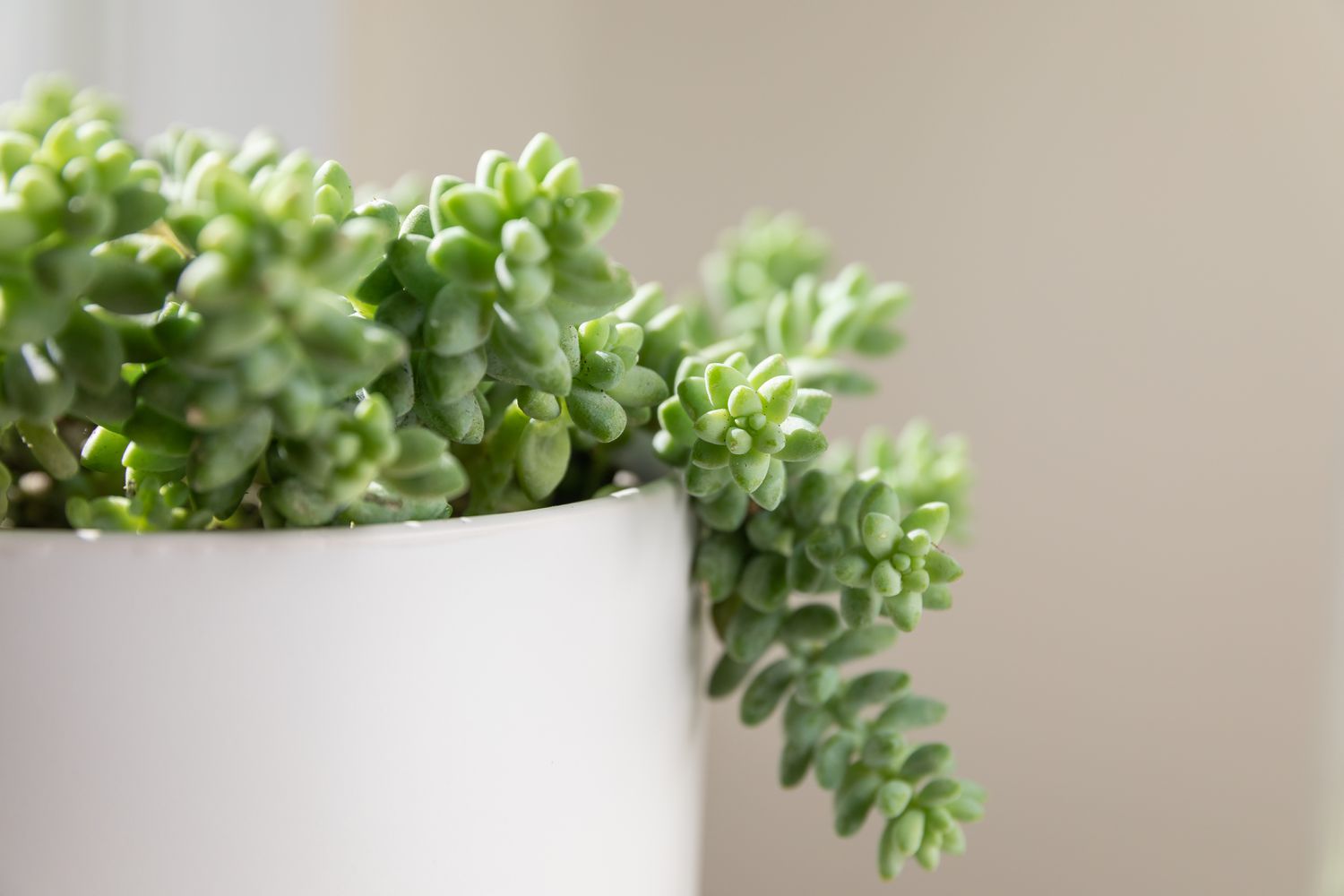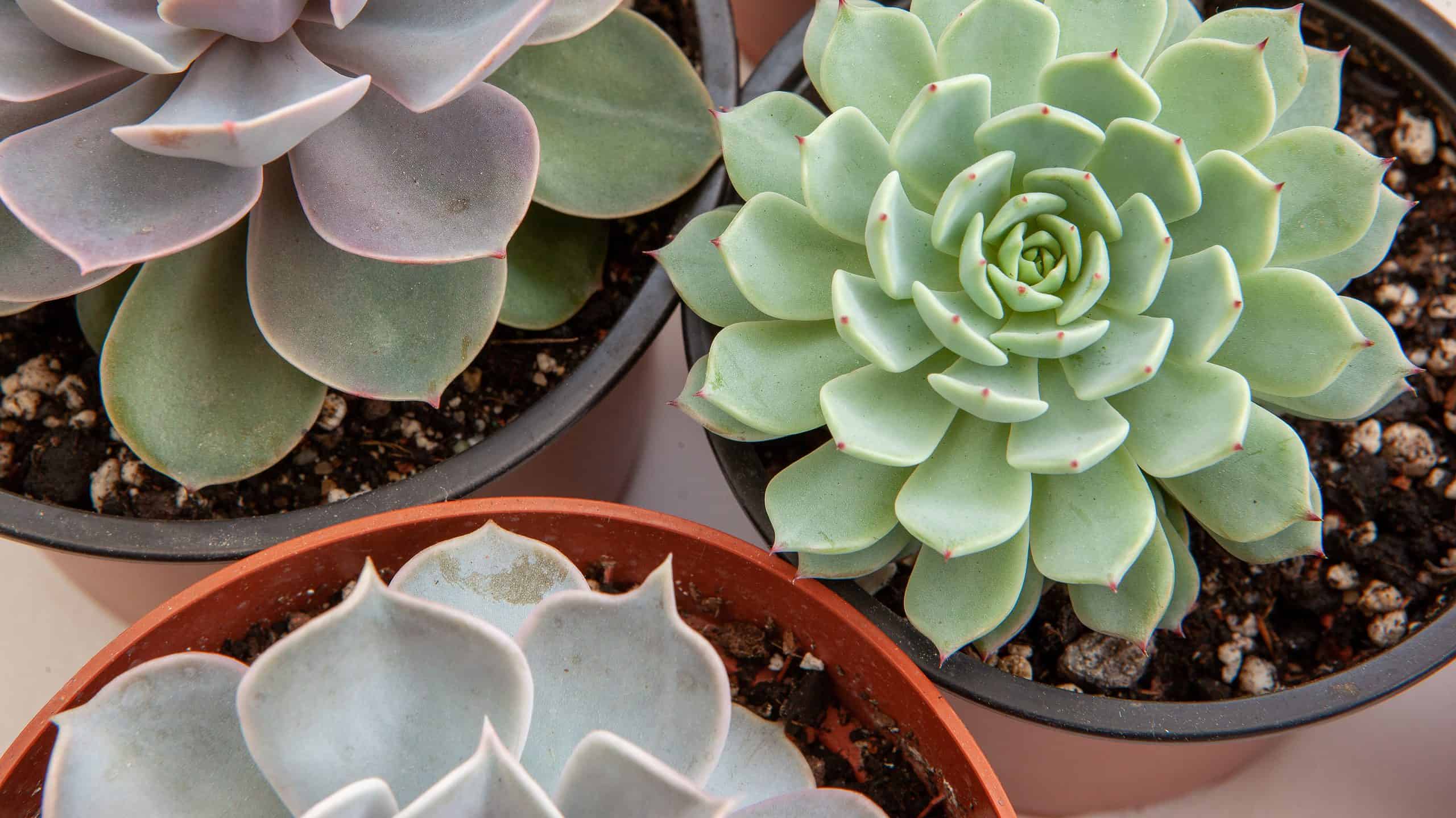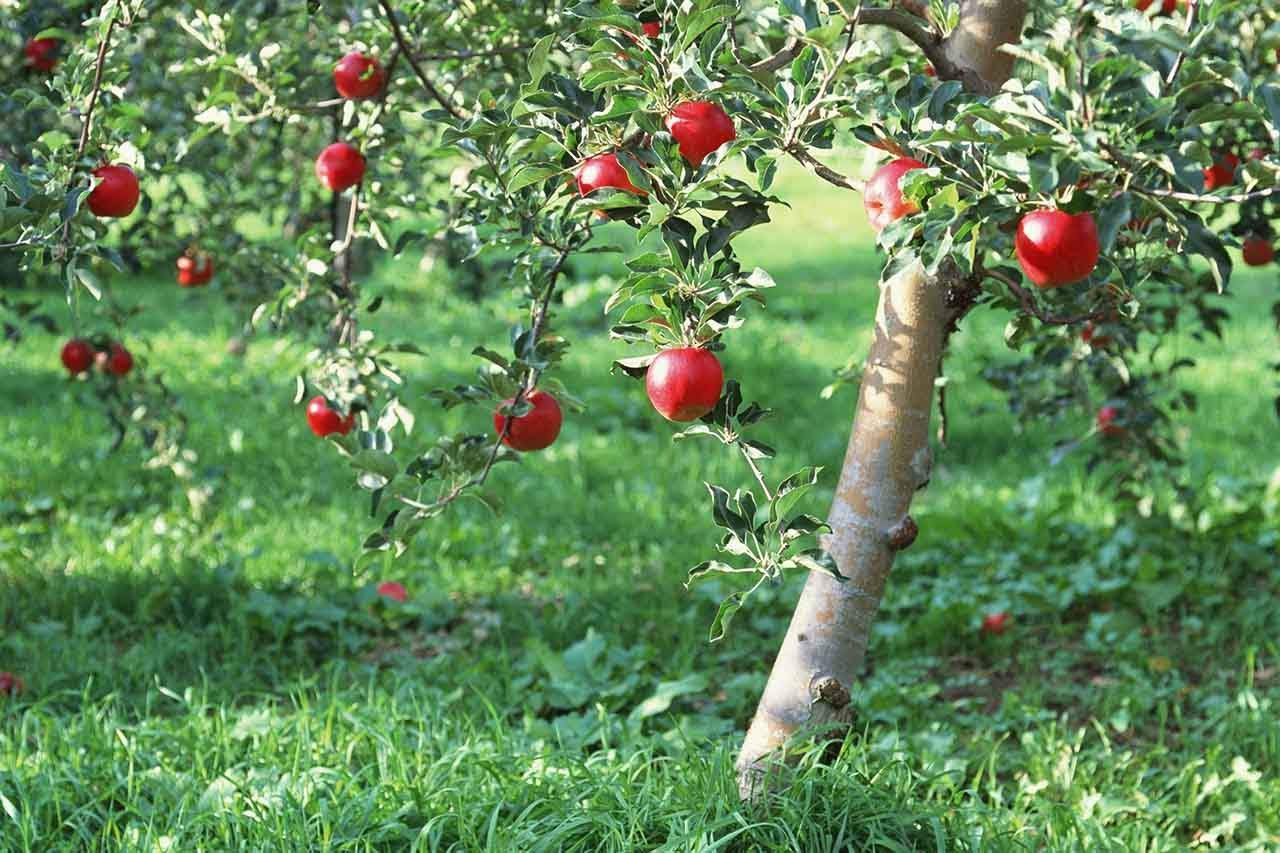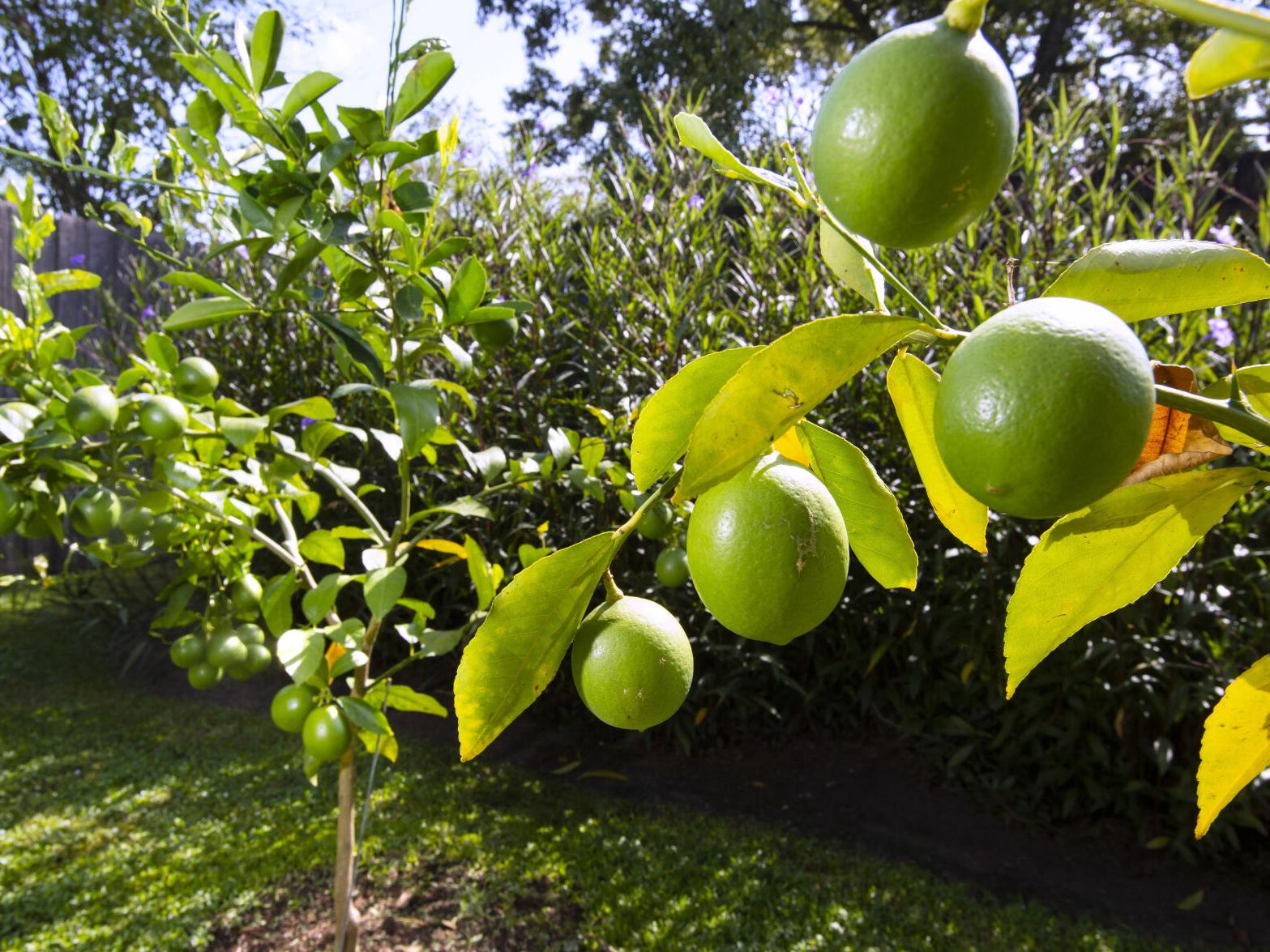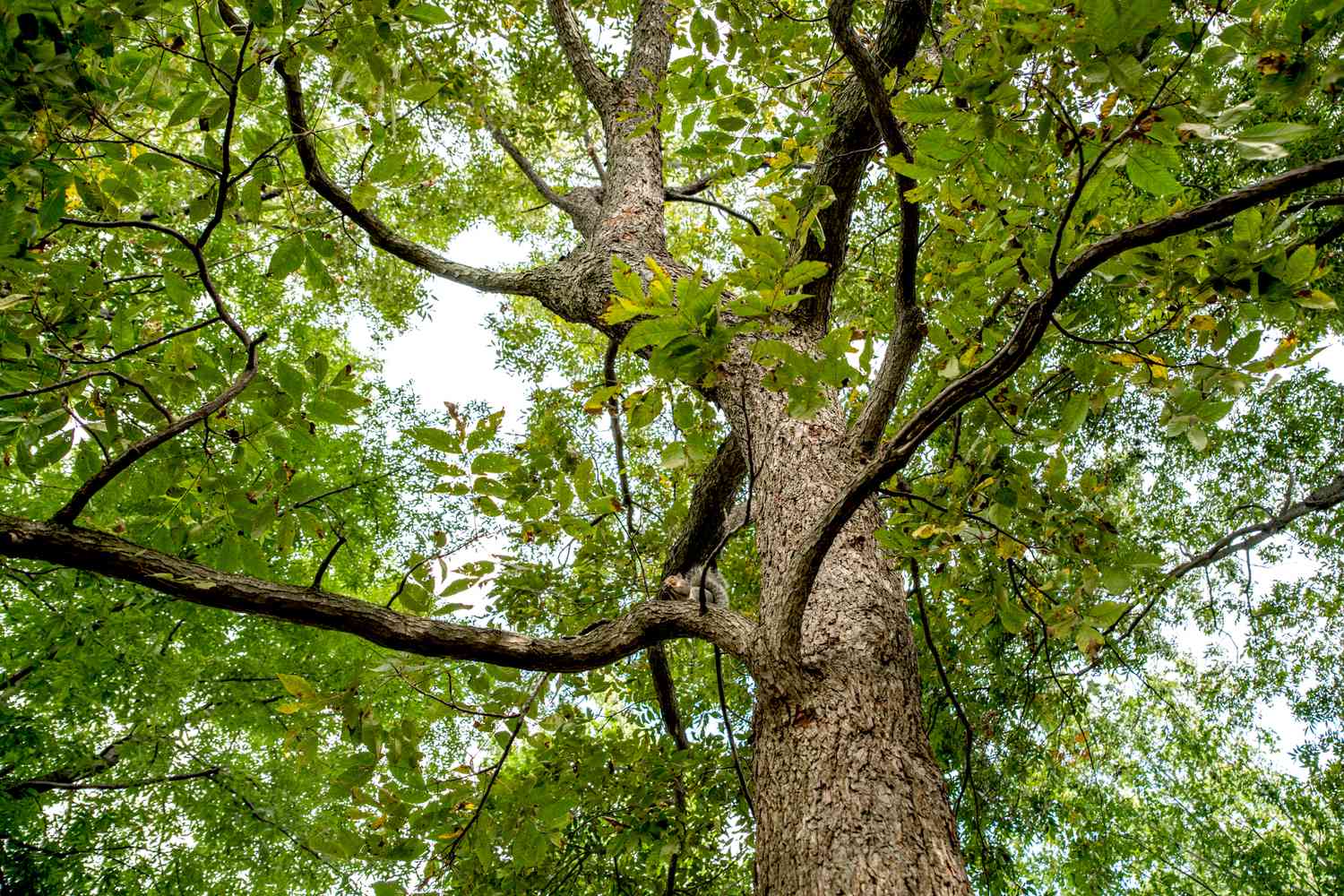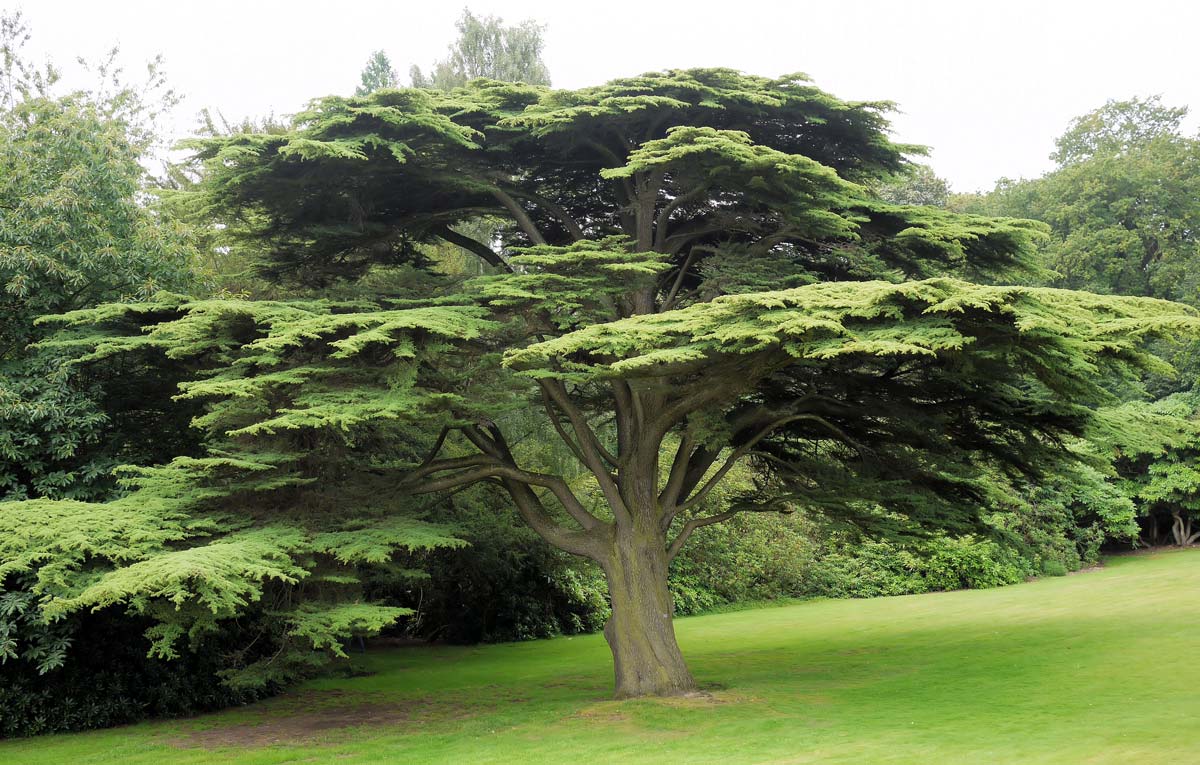Home>Gardening News and Trends>Latest News>How Fast Do Honey Locust Trees Grow
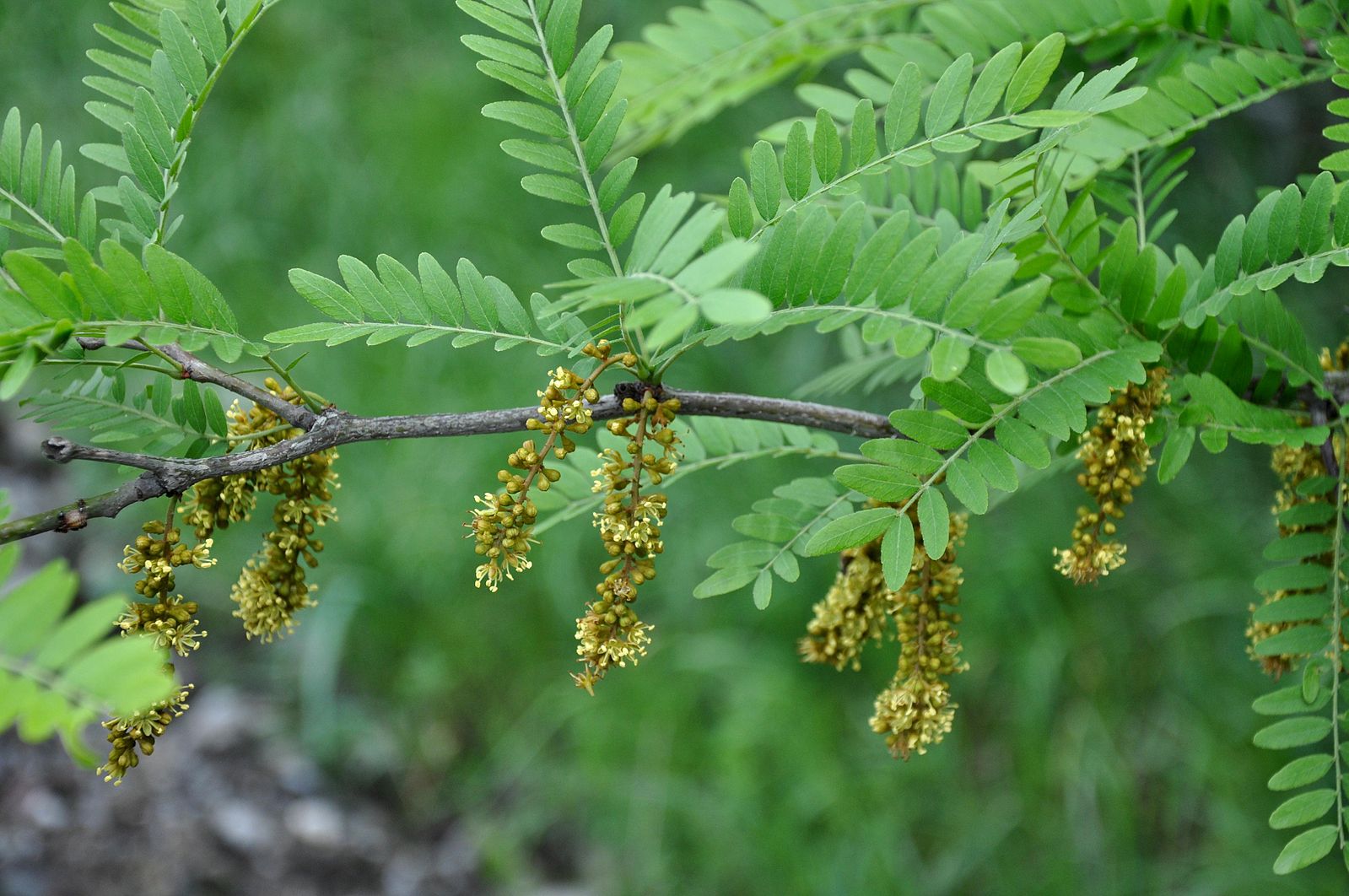

Latest News
How Fast Do Honey Locust Trees Grow
Published: November 2, 2023
Looking for the latest news on how fast honey locust trees grow? Discover the growth rate of honey locust trees and get updated with the latest information in our news section.
(Many of the links in this article redirect to a specific reviewed product. Your purchase of these products through affiliate links helps to generate commission for Chicagolandgardening.com, at no extra cost. Learn more)
Table of Contents
- Introduction
- Factors Affecting the Growth Rate of Honey Locust Trees
- Ideal Growing Conditions for Honey Locust Trees
- Typical Growth Rate of Honey Locust Trees
- Factors That Can Slow Down the Growth of Honey Locust Trees
- Benefits of Fast-Growing Honey Locust Trees
- Maintenance and Care Tips for Ensuring Healthy Growth of Honey Locust Trees
- Conclusion
Introduction
Welcome to our comprehensive guide on honey locust trees and their growth rates. Honey locust trees, scientifically known as Gleditsia triacanthos, are popular choices for landscaping and urban forestry due to their attractive appearance, tolerance to various soil conditions, and ability to provide shade. These deciduous trees are native to North America and can be found in a wide range of environments, from forests to urban parks.
In this article, we will explore the various factors that can influence the growth rate of honey locust trees, as well as the ideal growing conditions to maximize their growth potential. We will also discuss the typical growth rate of these trees and highlight some of the key benefits of fast-growing honey locust trees. Finally, we will provide some tips on how to properly care for and maintain honey locust trees to ensure healthy growth.
Whether you are a homeowner considering planting honey locust trees in your garden or a professional landscaper looking for insights on tree growth rates, this article will provide you with valuable information to help you make informed decisions and achieve the desired results.
Factors Affecting the Growth Rate of Honey Locust Trees
The growth rate of honey locust trees can be influenced by various factors. Understanding these factors can help you create favorable conditions for optimal growth and ensure the healthy development of your trees. Here are some key factors that can affect the growth rate of honey locust trees:
- Soil Quality: The quality of the soil plays a crucial role in the growth of honey locust trees. These trees prefer well-drained soils with a pH range of 6.0 to 7.5. The soil should also be rich in organic matter and nutrients for healthy root development.
- Light Levels: Honey locust trees thrive in full sun to partial shade conditions. They require at least 6 hours of direct sunlight every day for optimal growth. Insufficient light can slow down their growth and lead to weak, spindly branches.
- Water Availability: Proper watering is essential for the growth of honey locust trees, especially during their early years. They prefer moist but not waterlogged soil. Inadequate water supply can stunt their growth, while excessive water can lead to root rot.
- Temperature Tolerance: Honey locust trees are adaptable to a wide range of temperatures. However, extreme heat or cold can stress the trees and affect their growth. It is important to choose suitable cultivars for your specific climate conditions.
- Pruning: Regular pruning is important for the growth and structural development of honey locust trees. Proper pruning helps remove dead or diseased branches, enhances air circulation, and promotes healthy growth. Pruning should be done during the dormant season to minimize stress on the tree.
- Competition: Honey locust trees can face competition from nearby plants or trees for resources such as water, nutrients, and sunlight. Weeds and grasses can also compete with young honey locust trees for these resources. Clearing the area around the trees and providing adequate space can promote faster growth.
By addressing these factors and providing optimal growing conditions, you can significantly enhance the growth rate of honey locust trees and ensure their healthy development.
Ideal Growing Conditions for Honey Locust Trees
Creating the ideal growing conditions is vital to promote healthy growth and maximize the potential growth rate of honey locust trees. Here are some key considerations for providing optimal conditions:
- Sunlight: Honey locust trees thrive in full sun to partial shade conditions. Choose a planting location where the trees can receive at least 6 hours of direct sunlight each day. This will ensure proper photosynthesis and promote vigorous growth.
- Soil: Honey locust trees are adaptable to various soil types, but they prefer well-drained soils with a pH range of 6.0 to 7.5. Ensure the soil is rich in organic matter by adding compost or well-rotted manure before planting.
- Water: Adequate water supply is crucial, especially during the first few years of growth. Irrigate the trees regularly to keep the soil evenly moist, but avoid overwatering, as excessive moisture can lead to root rot. Once established, honey locust trees are moderately drought-tolerant.
- Spacing: Give honey locust trees enough space to spread and grow properly. Avoid planting them too close to structures or other trees, as this can lead to competition for resources. The recommended spacing between trees is about 30 to 40 feet apart.
- Protection: Protect young honey locust trees from strong winds and harsh weather conditions, as they can easily get damaged. Consider installing windbreaks or placing stakes around the trees to provide support and protection.
- Mulching: Apply a layer of organic mulch, such as wood chips or bark, around the base of the trees. This helps conserve soil moisture, suppress weed growth, and regulate soil temperature. Remember to keep the mulch a few inches away from the trunk to prevent rotting.
- Regular Maintenance: Proper maintenance practices, such as regular pruning, fertilization, and pest control, are essential for the health and growth of honey locust trees. Prune the trees during the dormant season to remove dead or crossing branches and promote airflow within the canopy.
By providing these ideal growing conditions, you can encourage vigorous growth and ensure the long-term health and beauty of your honey locust trees.
Typical Growth Rate of Honey Locust Trees
Honey locust trees are known for their relatively fast growth rate compared to many other tree species. However, it is important to note that the growth rate can vary depending on several factors, including the specific cultivar, growing conditions, and care provided. On average, honey locust trees can grow between 1 to 2 feet per year in ideal conditions.
During the first few years of growth, honey locust trees may experience more rapid growth as they establish their root system and develop their structure. Once they reach maturity, their growth rate tends to slow down. However, even mature honey locust trees continue to grow, albeit at a slower pace.
It is important to keep in mind that growth rates can be influenced by external factors. Favorable conditions like ample sunlight, proper watering, and nutrient-rich soil can enhance the growth rate, while unfavorable conditions like drought, poor soil quality, or pest infestations can stunt growth.
Additionally, certain cultivars of honey locust trees may have different growth rates. Some cultivars, such as the Skyline® honey locust, are known for their fast growth and can add several feet to their height annually. Other cultivars, like the Shademaster® honey locust, have a more moderate growth rate but still provide ample shade and beauty.
It’s important to remember that the growth rate of honey locust trees can also be influenced by other factors such as pruning practices, fertilization, and overall tree health. Regular maintenance and care will help ensure optimal growth and maintain the health and appearance of the trees.
By understanding the typical growth rate of honey locust trees and providing the necessary care and conditions, you can enjoy the benefits of their fast growth and witness their transformation into beautiful, mature trees.
Factors That Can Slow Down the Growth of Honey Locust Trees
While honey locust trees are known for their relatively fast growth rate, there are certain factors that can slow down their growth. Understanding these factors can help you identify potential issues and take appropriate measures to ensure the healthy development of your trees. Here are some common factors that can slow down the growth of honey locust trees:
- Poor Soil Conditions: Honey locust trees prefer well-drained soils with a pH range of 6.0 to 7.5. If the soil is compacted, poorly drained, or lacks essential nutrients, it can hinder the tree’s root development and overall growth.
- Insufficient Sunlight: While honey locust trees can tolerate partial shade, inadequate exposure to sunlight can hamper their growth. Lack of sunlight can result in weak and spindly branches, reducing overall tree vigor.
- Inadequate Water Supply: Honey locust trees require regular and consistent watering, especially during the establishment phase. Insufficient water can cause stress and slow down growth. Conversely, overwatering can lead to root rot and other issues.
- Extreme Temperatures: Extreme heat or cold beyond the tree’s tolerance level can negatively impact its growth. Frost, freezing temperatures, or excessively high temperatures can cause damage to the foliage and slow down growth.
- Competition for Resources: Nearby plants or trees can compete with honey locust trees for essential resources such as water, nutrients, and sunlight. If these resources are limited, the growth of honey locust trees may be stunted.
- Pest Infestations: Insect pests such as aphids, webworms, or borers can infest honey locust trees and weaken their growth. These pests can cause defoliation, sap loss, and other damage, hindering the tree’s ability to grow vigorously.
- Disease: Certain diseases, such as cankers or powdery mildew, can affect the growth of honey locust trees. These diseases can weaken the tree’s overall health and inhibit its growth potential.
To promote optimal growth and counteract these factors, it is essential to provide the necessary care and maintenance for honey locust trees. Regular watering, proper pruning, fertilization, and pest management are key practices that can help mitigate these growth constraints.
By addressing these potential limitations and providing the required care, you can ensure healthy growth and maximize the potential of your honey locust trees.
Benefits of Fast-Growing Honey Locust Trees
Fast-growing honey locust trees offer numerous benefits, making them a popular choice for homeowners, landscapers, and urban planners. Here are some key advantages of planting and nurturing fast-growing honey locust trees:
- Quick Shade and Privacy: Fast-growing honey locust trees provide ample shade and privacy in a relatively short period. Within a few years, these trees can develop a dense canopy, offering shade for outdoor seating areas, reducing energy costs by providing natural cooling, and enhancing privacy in residential or commercial settings.
- Ornamental Value: Honey locust trees feature delicate, fern-like leaves that add an elegant and decorative touch to any landscape. Their vibrant green foliage creates a pleasant and visually appealing landscape backdrop. In autumn, the leaves turn a beautiful golden-yellow, adding a striking display of colors.
- Erosion Control: The fast growth and extensive root systems of honey locust trees help stabilize soil and prevent erosion. Their deep roots bind the soil particles together, reducing the risk of landslides and soil runoff. This can be particularly beneficial on slopes or areas prone to erosion.
- Wildlife Habitat: Honey locust trees attract a variety of birds, butterflies, and bees with their abundant flowers and small fruits. These trees provide a valuable food source, shelter, and nesting sites, contributing to the overall biodiversity and ecological balance of the surrounding environment.
- Windbreaks and Noise Reduction: Fast-growing honey locust trees can be strategically planted to serve as windbreaks, protecting buildings, gardens, and crops from strong winds. Their dense canopy helps absorb sound, reducing noise pollution and creating a more peaceful and serene environment.
- Carbon Sequestration: Like all trees, honey locust trees help absorb carbon dioxide from the atmosphere and release oxygen through the process of photosynthesis. Fast-growing honey locust trees can sequester large amounts of carbon over their lifespan, contributing to climate change mitigation.
- Property Value: The presence of mature and well-maintained honey locust trees can enhance the aesthetic appeal and value of residential and commercial properties. They add curb appeal, create a welcoming atmosphere, and make the outdoor space more enjoyable and attractive to potential buyers or visitors.
These benefits underline the value of fast-growing honey locust trees in both functional and aesthetic aspects. By incorporating these trees into your landscape, you can enjoy their numerous advantages while contributing to a greener and more sustainable environment.
Maintenance and Care Tips for Ensuring Healthy Growth of Honey Locust Trees
Honey locust trees require proper care and maintenance to ensure their healthy growth and longevity. By following these maintenance tips, you can promote optimal growth and maintain the overall health of your honey locust trees:
- Watering: Provide regular and consistent watering, especially during hot and dry periods. Water deeply, ensuring the soil is moist but not waterlogged. Young trees require more frequent watering than mature ones.
- Pruning: Regular pruning helps maintain the structure and shape of honey locust trees. Remove any dead, diseased, or crossed branches during the dormant season to improve air circulation and reduce the risk of pest and disease infestation.
- Fertilization: Apply a balanced, slow-release fertilizer in early spring to provide essential nutrients. Follow the recommended dosage according to the specific fertilizer brand and the needs of your honey locust trees.
- Mulching: Apply a layer of organic mulch, such as wood chips or bark, around the base of the tree. Mulch helps retain soil moisture, suppresses weed growth, and regulates soil temperature. Leave a few inches of space around the trunk to prevent moisture buildup and potential rotting.
- Protection: Protect young honey locust trees from strong winds and extreme temperatures by using windbreaks or staking. Inspect the trees regularly for signs of pests or diseases and take appropriate measures to prevent or manage them.
- Soil Maintenance: Monitor the soil pH and condition regularly. If the pH is too acidic or alkaline, consider adjusting it by adding sulfur or lime. Improve soil fertility by occasionally adding organic matter, such as compost, to enrich the soil and promote healthy root development.
- Monitor and Control Pests: Regularly inspect honey locust trees for pest infestations. Common pests include aphids, webworms, and borers. If necessary, use appropriate insecticides, following the instructions carefully, or employ organic and environmentally-friendly pest control methods.
- Monitor and Control Diseases: Keep an eye out for common diseases like cankers, powdery mildew, and leaf spot. Proper sanitation, adequate airflow, and preventive measures such as choosing disease-resistant cultivars can help minimize the risk of infections.
By implementing these maintenance and care tips, you can ensure healthy growth, maintain the overall vigor and beauty of your honey locust trees, and enjoy their many benefits for years to come.
Conclusion
Honey locust trees are an excellent choice for landscaping and urban forestry, known for their fast growth rate, ornamental value, and numerous benefits. By understanding the factors that affect their growth rate and providing optimal growing conditions, you can maximize their potential and enjoy their beauty in your outdoor space.
Factors such as soil quality, light levels, water availability, and temperature tolerance directly influence the growth rate of honey locust trees. By addressing these factors and providing the ideal growing conditions, including proper sunlight, well-drained soil, and regular water supply, you can promote healthy growth and ensure the long-term health of your trees.
Furthermore, honey locust trees offer various benefits, including quick shade and privacy, erosion control, wildlife habitat, and carbon sequestration. They can enhance the aesthetic appeal of your property, reduce noise pollution, and contribute to a greener environment.
To ensure healthy growth, regular maintenance and care are essential. This includes proper watering, pruning, fertilization, and pest control. Monitoring soil quality, protecting the trees from extreme weather conditions, and addressing any signs of pests or diseases are also important tasks for maintaining the overall health of honey locust trees.
By implementing these tips and dedicating the necessary attention to maintaining and caring for honey locust trees, you can enjoy their rapid growth, beauty, and many benefits for many years to come. Whether you’re a homeowner, landscaper, or urban planner, incorporating fast-growing honey locust trees into your outdoor spaces can truly enhance the beauty, functionality, and sustainability of the environment.

